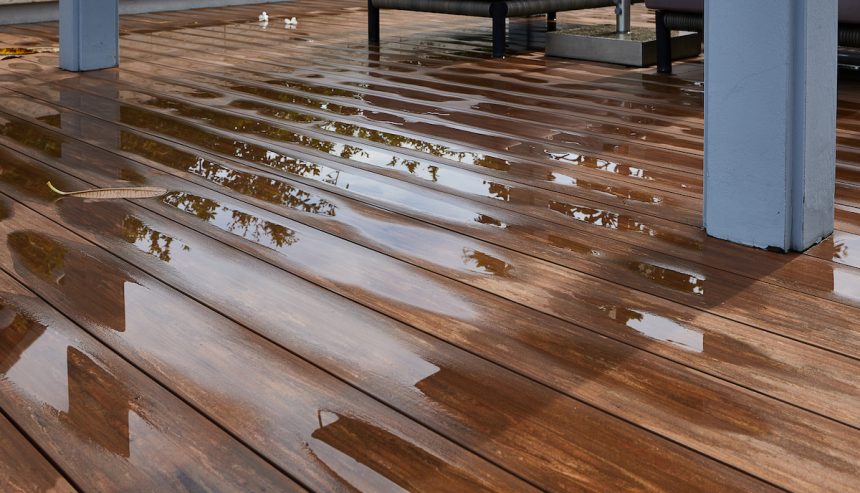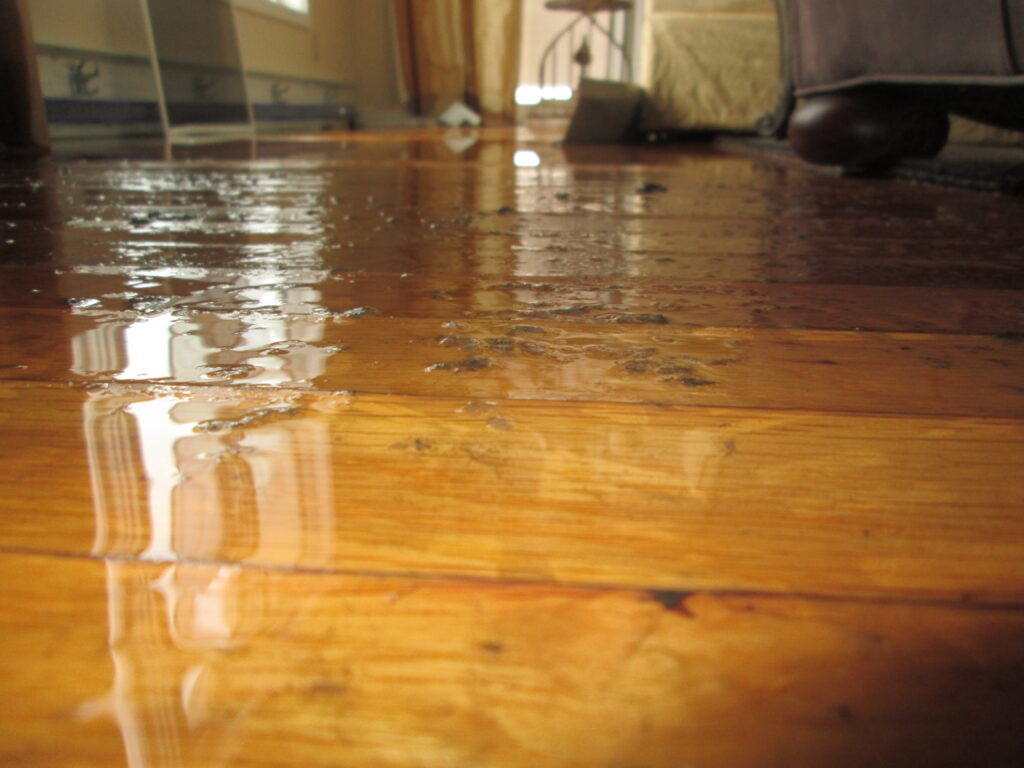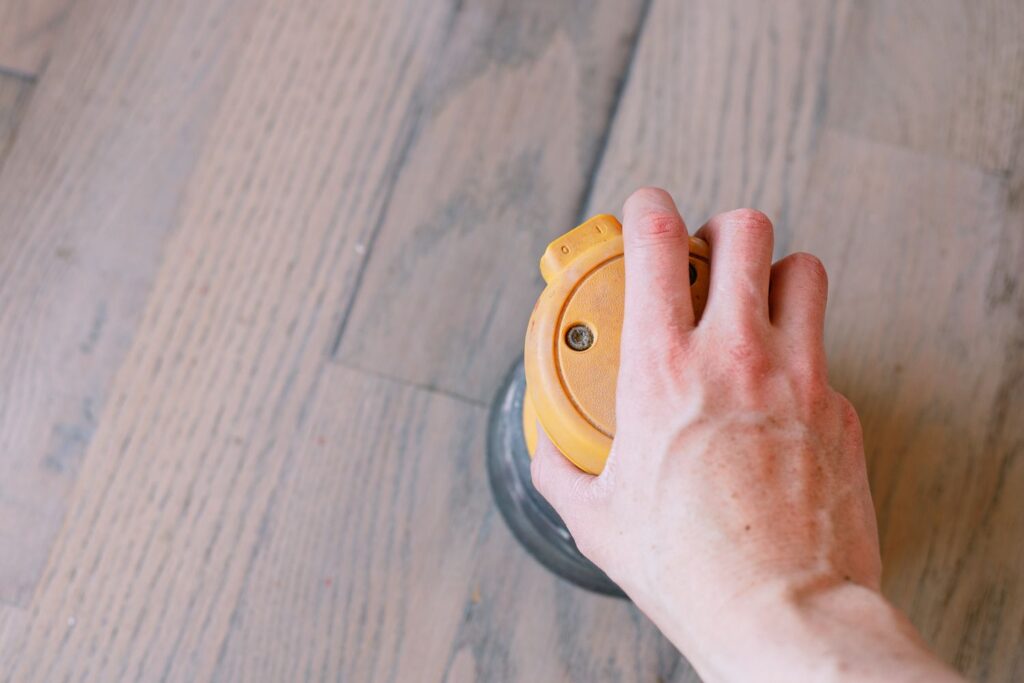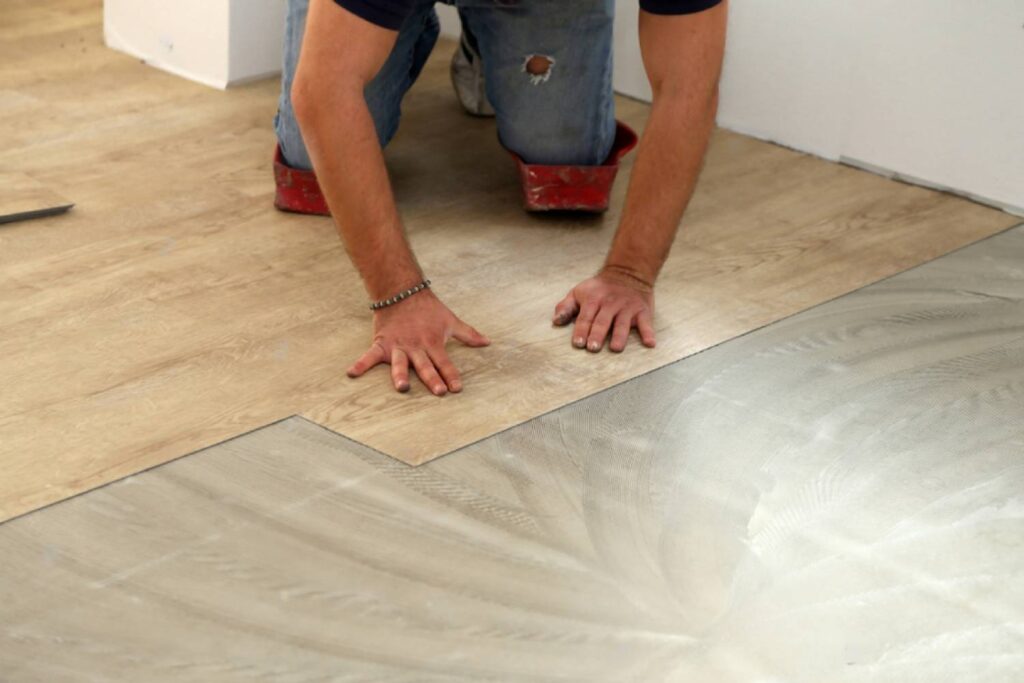
Hurricanes can cause extensive damage to homes and businesses, with flooring frequently taking the hardest hit. Water, humidity, and debris can rapidly degrade flooring materials, making prompt restoration and renovation crucial. In this guide, we provide practical and durable solutions for floor recovery after a hurricane, ensuring you can rebuild with confidence.
After a hurricane, the first step is to carefully assess the damage to your floors. Follow these steps to gain a clear understanding of their current state:
1. Check for Standing Water: Immediately remove any standing water or visible moisture. If water has been in contact with the floor for an extended period, there’s likely damage to the subfloor.
2. Inspect for Cracks or Warping: If you notice buckling or feel movement underfoot, the floor may have lost structural integrity.
3. Look for Signs of Mold or Musty Odors: Persistent moisture can foster mold growth, which not only damages the floor but also poses health risks.

The appropriate recovery method will depend on the type of flooring material. Here are solutions for common flooring options:
Minor Damage: Sanding and sealing may suffice to restore hardwood floors.
Severe Damage: Replacing affected boards might be necessary.
Replacement Option: Consider water-resistant wood or high-quality laminate with moisture barriers.
These materials are more water-resistant but can warp if water seeps underneath.
Replacement Option: Luxury vinyl or SPC (Stone Plastic Composite) vinyl offers excellent water and wear resistance.
Porcelain or Ceramic Tile Floors:
Tile joints can be vulnerable to moisture. Replace loose or cracked tiles and apply a suitable sealant.
Replacement Option: High-quality porcelain tiles and waterproof sealants provide protection against future water damage.


Choosing flooring that can withstand moisture and wear offers long-term peace of mind. In addition to protecting your investment, these materials help reduce maintenance costs and extend the life of your floors.
Restoring your home or business is achievable with the right solutions. Here’s how to get started:
Recovery after a hurricane doesn’t have to be stressful. With the right choice of materials and the help of renovation experts, your home or business can return to normal with safe, resilient, and visually appealing floors. If you need advice or a free assessment, don’t hesitate to contact us. We’re here to help you rebuild!
